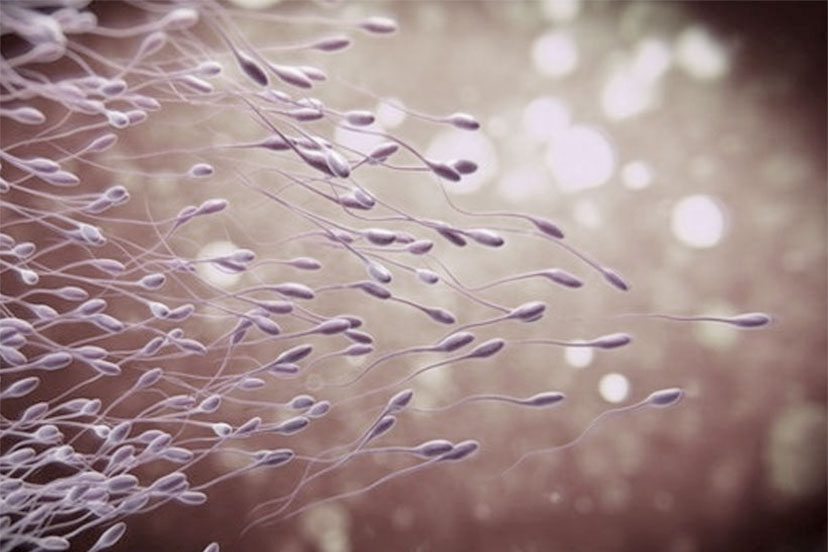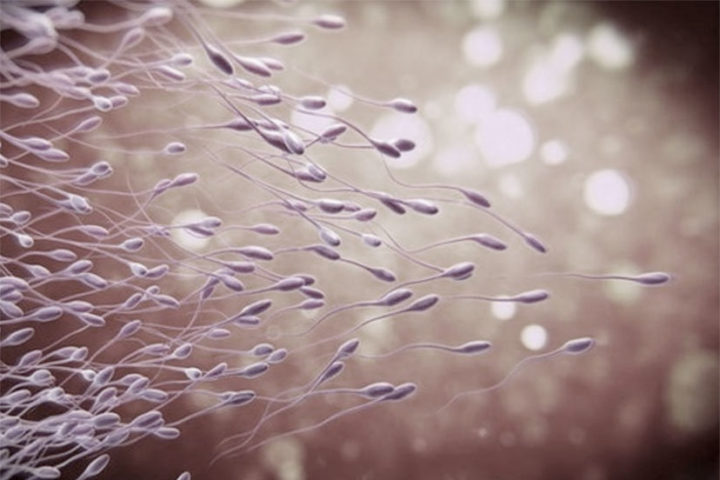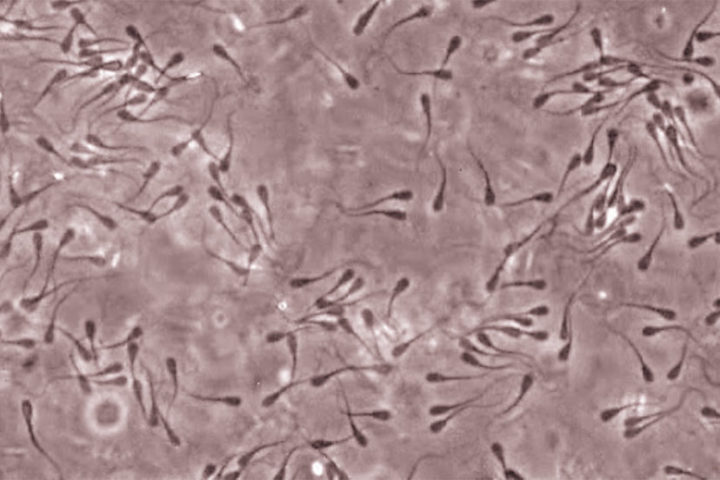Despite high efficacy and few adverse events found in clinical trials, only 56% of individuals in the US report wanting to receive the vaccine. One of the reasons for vaccine hesitancy is the potential negative effect on fertility. Because reproductive toxicity was not evaluated in the clinical trials and SARS-CoV-2 has been associated with decreases in sperm parameters, we assessed sperm parameters before and after mRNA vaccine administration…
— ‘Sperm Parameters Before and After COVID-19 mRNA Vaccination’, by Daniel C. Gonzalez, BS; Daniel E. Nassau, MD; Kajal Khodamoradi, PhD; et al, posted to the JAMA Network, June 17, 2021
Granted, the ‘sperm’ volunteers represented a pretty small sample of the 3.8 billion males in the world. But you have to start somewhere.
Reportedly, 45 full-blooded American men volunteered to have their sperm cells investigated between December 17, 2020 and April 24, 2021. Reportedly, these were all healthy, young men who were willing to be injected with a partially-tested vaccine — none of the current COVID vaccines have been clinically tested for fertility impairment, as noted above — and also to have their bodily fluids analyzed by a complete stranger. So we can assume they were mostly Democrats.
Not knowing much about sperm parameters, my interest in the subject was sparked by the June 17 JAMA article. (JAMA being, formerly, the Journal of the American Medical Association, but the original name was too hard to type in a text message, so it’s been officially shortened to JAMA.)
Apparently, there are three kinds of sperm. (Who knew?)
First of all, there are motile sperm, and non-motile sperm. The motile sperm eagerly swing their little tails in a rhythmic fashion to propel themselves forward, and seem to have a sense that they are meant to accomplish something important, like boys from a prep school applying to Harvard and Yale. (
99.9% of the little guys do not, in fact, accomplish anything at all. But they have fun trying.
Non-motile sperm. meanwhile, are unable (or more likely, unwilling) to thrash their tails around and try for the gold medal. They just sit there, doing nothing much at all. Daydreaming, probably. Maybe they’re old, and retired? Or maybe they’ve calculated the odds of success (approximately 36-million-to-one) and look around at the eager prep school boys with their wagging tails, and say to themselves, “Is this some kind of joke?”
When researchers are trying to put numbers to sperm parameters and fertility estimates, they pay no attention to the non-motile sperm. No sense counting the deadbeats.
Next, there are two types of motility: progressive and non-progressive. Some sperm swim in a straight line, aiming for the target, like Harvard undergrads majoring in Business Administration. Other sperm — in spite of being motile — swim around in circles, looking slightly confused, and end up going nowhere, like English majors.
I had always imagined that fertilization looked like the start of the Boston Marathon, with millions of highly intelligent, physically fit sperm racing for the finish line. That’s how medical illustrators like to paint the picture. “There’s the starting gun… and they’re off!”
Turns out, when you actually look through a microscope, the process looks more like confused shoppers milling around in a Walmart Superstore, trying to locate the infant section.
I have never tried counting sperm cells, but I’ve seen video images of them swimming, and I suspect I would find it really difficult to remember which ones I’d counted, and which ones I hadn’t. “Did I already count that one? Dang, they all look alike…”
But scientists have apparently figured out a method to determine how many of the sperm really mean business, in a given sample, and what percentage twiddling their thumbs… or wandering around looking lost, clutching their English degrees.
When the JAMA authors counted the motile sperm among the 45 male volunteers last winter — before any of them had been vaccinated — 37 of the men had somewhat ‘normal’ TMSC (Total Motile Sperm Count) averaging about 36 million motile sperm per sample. Eight of the volunteers were ‘oligospermic’ before the vaccine, with TMSC of around 8 million. If you want to have a decent chance of fathering children, you don’t want to be ‘oligospermic” before, or after, the vaccine.
(For any male readers personally concerned about this issue, here’s a link to a Sperm Analysis Calculator.)
The authors of the JAMA article reported that, far from decreasing, the TMSC among the 45 volunteers generally increased, following the second vaccination with either the Pfizer or Moderna vaccine.
The obvious implication being, you are more likely to enroll in an MBA program, if you get vaccinated. And later, have children.
Which probably bodes well for America.
Underrated writer Louis Cannon grew up in the vast American West, although his ex-wife, given the slightest opportunity, will deny that he ever grew up at all. You can read more stories on his Substack account.



